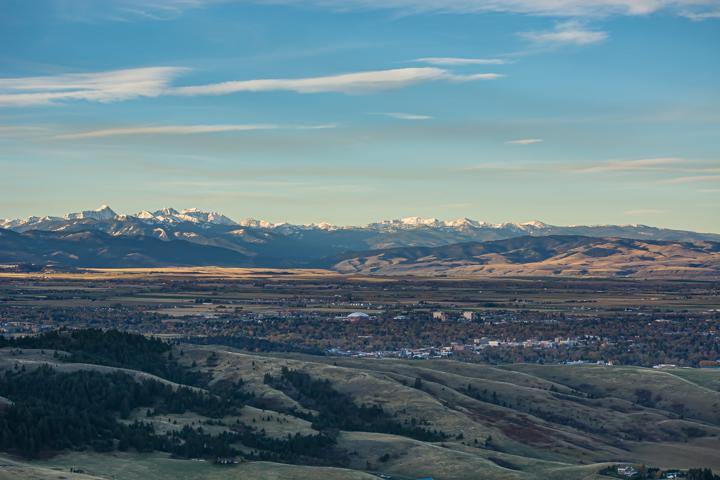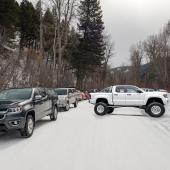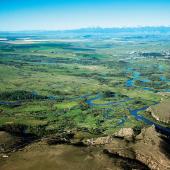Big Thigh Country
Trends with urban sprawl and obesity.
Everyone's heard that obesity will soon become America's largest health threat and that two-thirds of us are overweight or obese. Now we know that urban sprawl is part of the problem: In September 2003, the University of Maryland published the first national study directly linking sprawl to obesity. The study surveyed over 400 counties and found that people living in sprawl walked less and weighed more than people living in denser counties, even when age, education, gender, and race were accounted for. Sprawl increases car dependency, according to the study.
But Montanans get out a lot, right? Ha. According to a 2000 Center for Disease Control study, approximately one quarter of Montanans lead completely sedentary lives. Another 47.5% got less than 20 minutes of vigorous exercise three times per week. In 1991, Montana was one of 9 states with an obesity rate less than 10%. By 1995, Montana was one of 23 states with a 10% - 14% obesity rate. In 2000, Montana became one of 27 states where 15% - 19% of adults were obese.
The Maryland study recommended that towns invest in bicycle and pedestrian infrastructure, keep traffic slow, create safe routes to school so kids can walk or bike, retrofit sprawling communities with business districts, revitalize walkable neighborhoods, and build public transportation. So demand better "up, not out" zoning and permitting practices from your city council. Even a bus system would help: The study reported that dense communities are more likely to have public transportation, which at least requires walking to and from stops. Either way, we're going to pay for it: obesity-related health care costs are outpacing those associated with smoking or drinking, according to the study.













